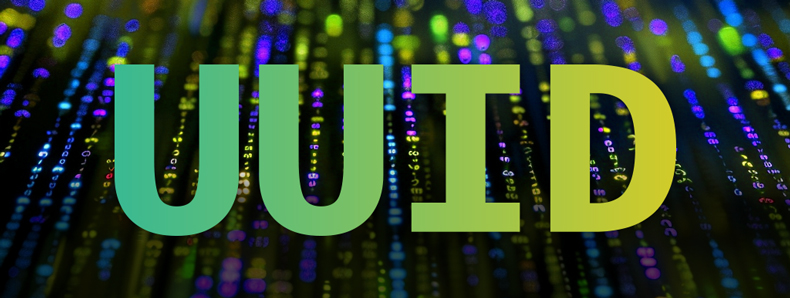
If you’ve ever come across the term UUID, or Universally Unique Identifier, and found yourself scratching your head about what it is and why there’s a ‘4’ in the 13th position of some UUIDs, you’re not alone.
1
2
e9692631-8a2f-413a-acbc-e292d13397b9
^ why is there almost always a 4 here?
Many people stumble upon UUIDs in various contexts and have similar questions. In this blog post, we’ll break down what a UUID is, what they are used for, and explain why you might see a ‘4’ in the 13th position.
What is a UUID?
A UUID, or Universally Unique Identifier, is a 128-bit number used to uniquely identify information in computer systems. The identifier is composed of 32 hexadecimal digits, formatted into five groups separated by hyphens. This structured bit of alphanumeric data looks something like this: 123e4567-e89b-12d3-a456-426614174000. Each UUID is designed to be unique, making it particularly useful in systems requiring distinct, non-colliding identifiers.
What are UUIDs Used For?
UUIDs find utility across a myriad of applications, acting as unique keys for identifying various entities in software systems. For example, UUIDs are often used in databases to create unique primary keys for records, ensuring that each entry is distinct across time and space. In web applications, UUIDs can be used to assign unique session identifiers for users, making sure no two sessions clash. Even in distributed systems, where multiple nodes generate identifiers independently, UUIDs help maintain uniqueness without requiring synchronization or central authority. Our free online UUID generation tool, uuid.ing, can help you create these unique identifiers quickly and easily for any of your projects.
Why is there a 4 in the 13th Position?
The ‘4’ you see in the 13th position of some UUIDs is not arbitrary; it comes down to the version of the UUID. There are five main versions of UUIDs defined by standards. The ‘4’ signifies that the UUID is a version 4 UUID, specifically generated using random or pseudo-random numbers. In a version 4 UUID, the 13th position (or the first digit of the third block) is a ‘4’ to indicate its version. This specific positioning helps in identifying the method used to generate the UUID, making it easier for systems to parse and understand them correctly.
Conclusion
Whether you’re new to UUIDs or have encountered them multiple times, it’s clear that these alphanumeric identifiers play a crucial role in the landscape of modern computing. With uses spanning across databases, web applications, and distributed systems, UUIDs ensure the uniqueness and integrity of data and sessions. Understanding why there’s a ‘4’ in the 13th position, in particular, gives you insight into the versioning of UUIDs. And the next time you need a UUID, don’t forget to visit our free online tool at uuid.ing to generate one quickly and efficiently.
Understanding UUIDs can significantly enhance the robustness of your applications, and knowing where to generate them is just as important. Happy coding!
